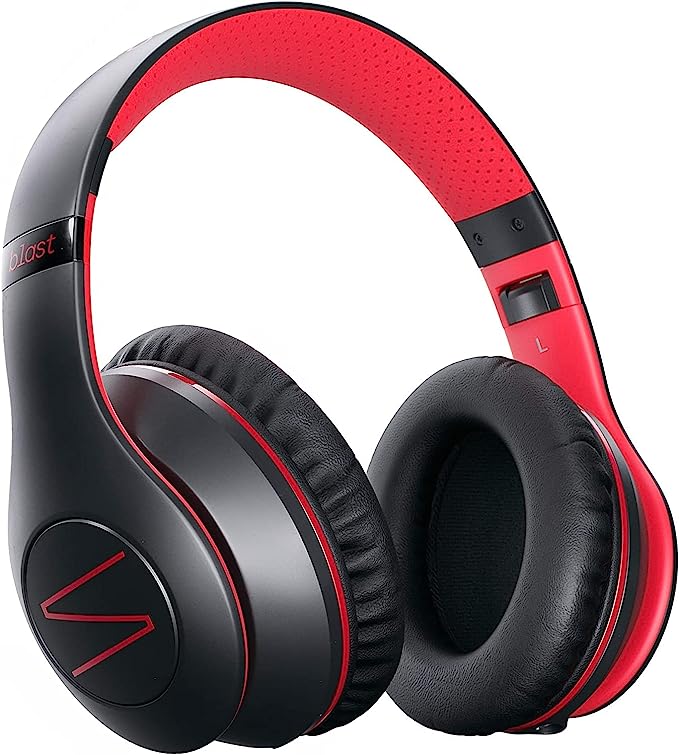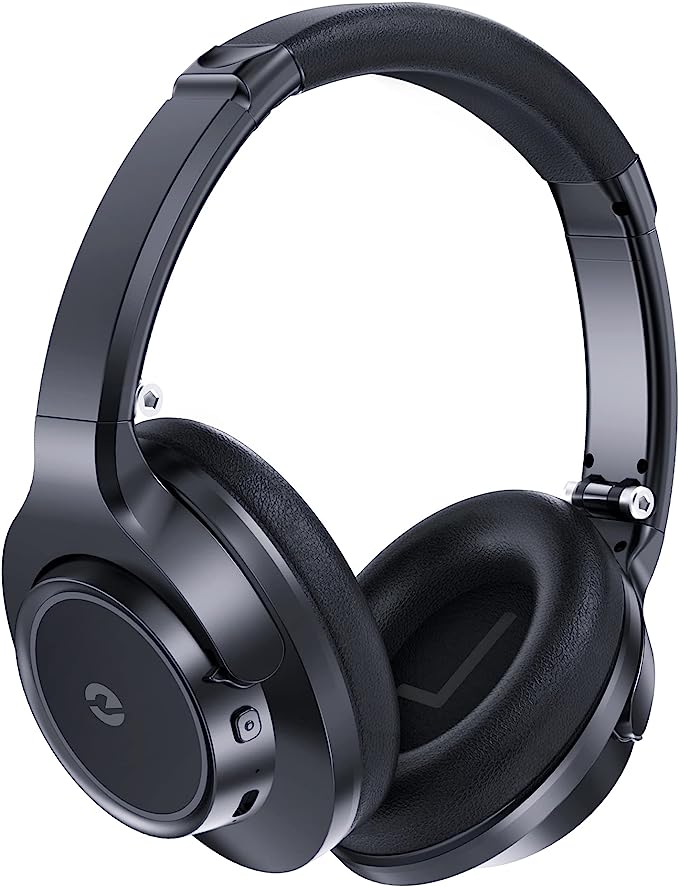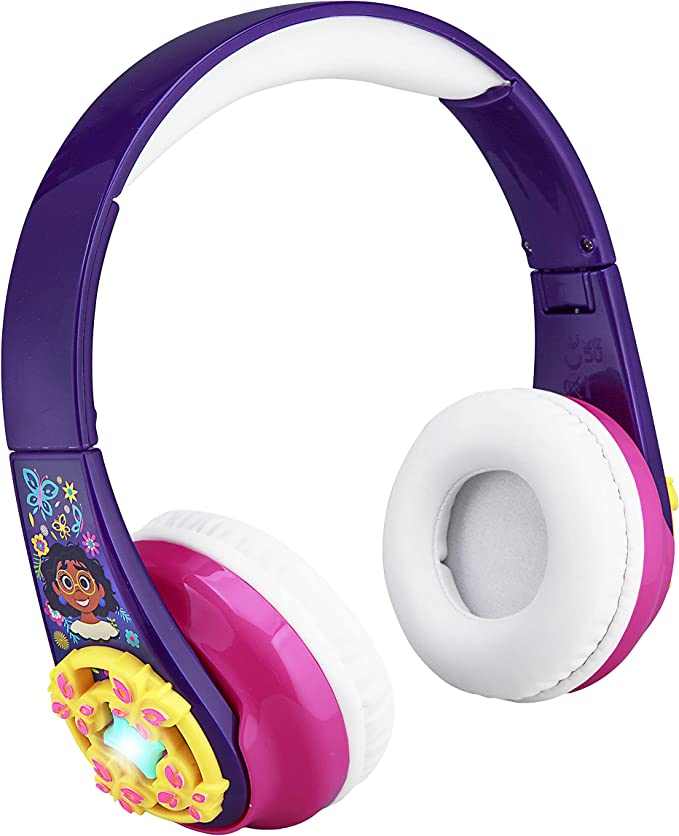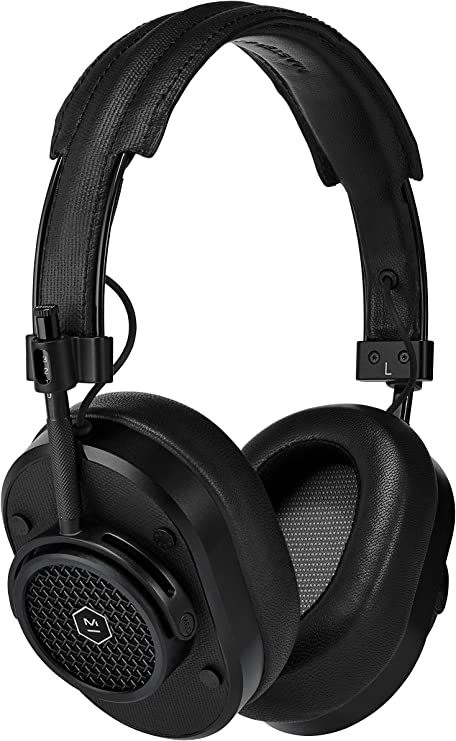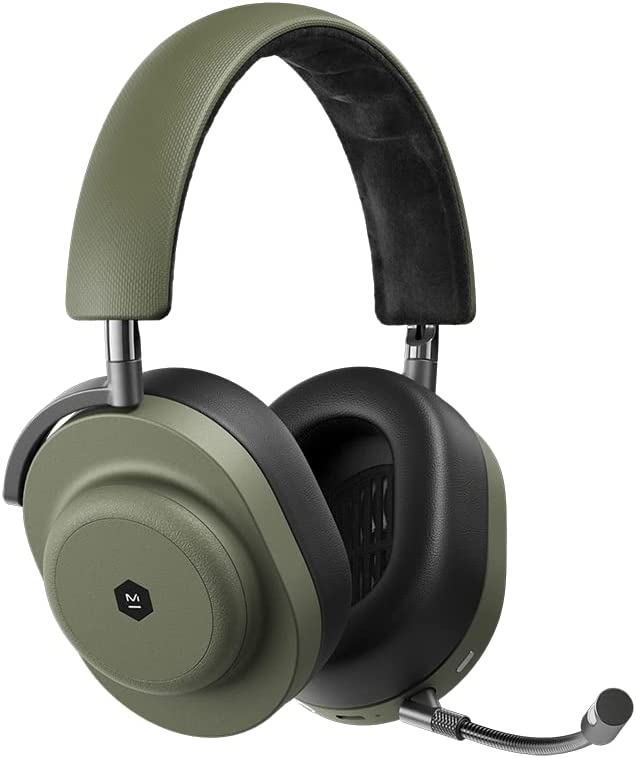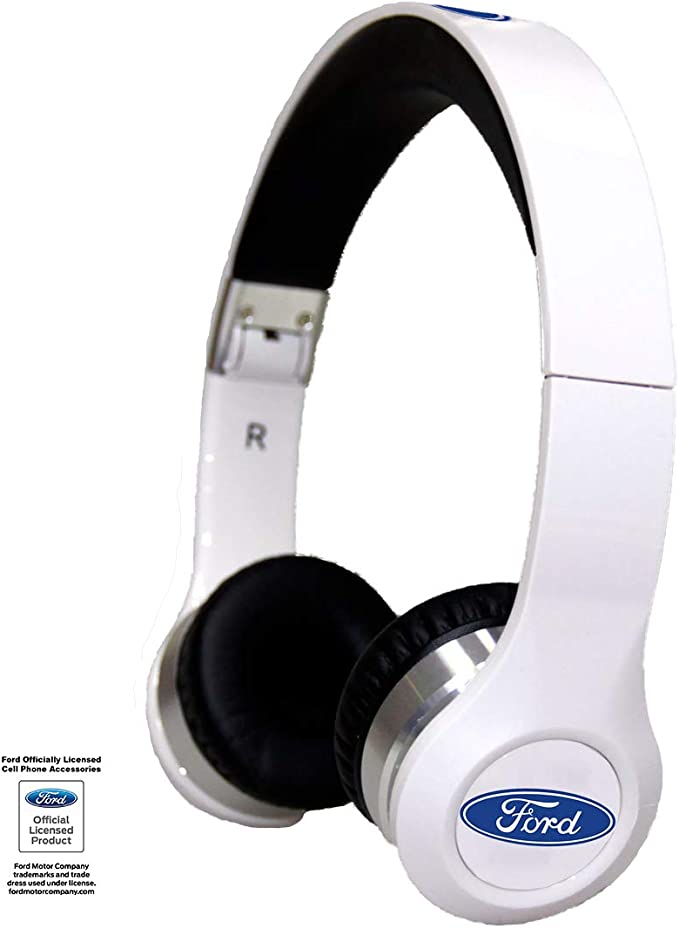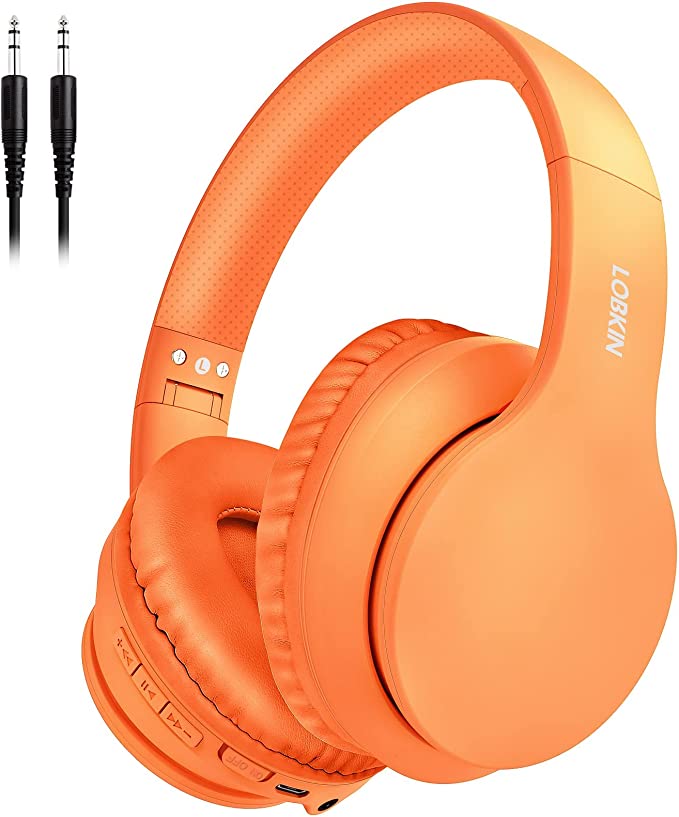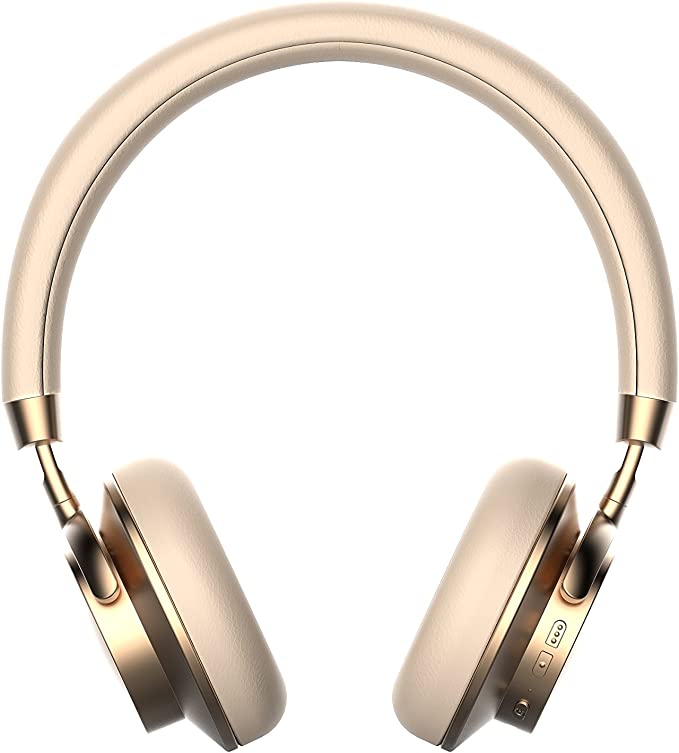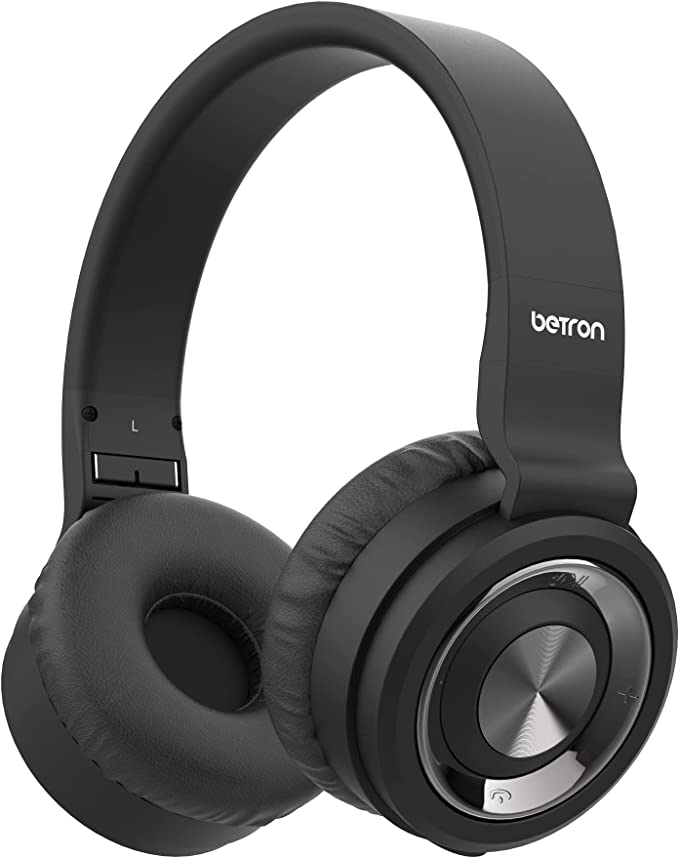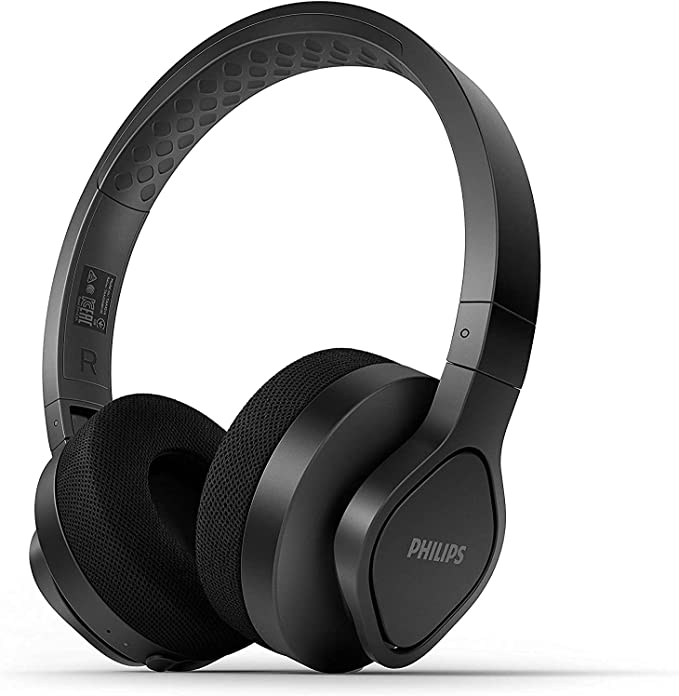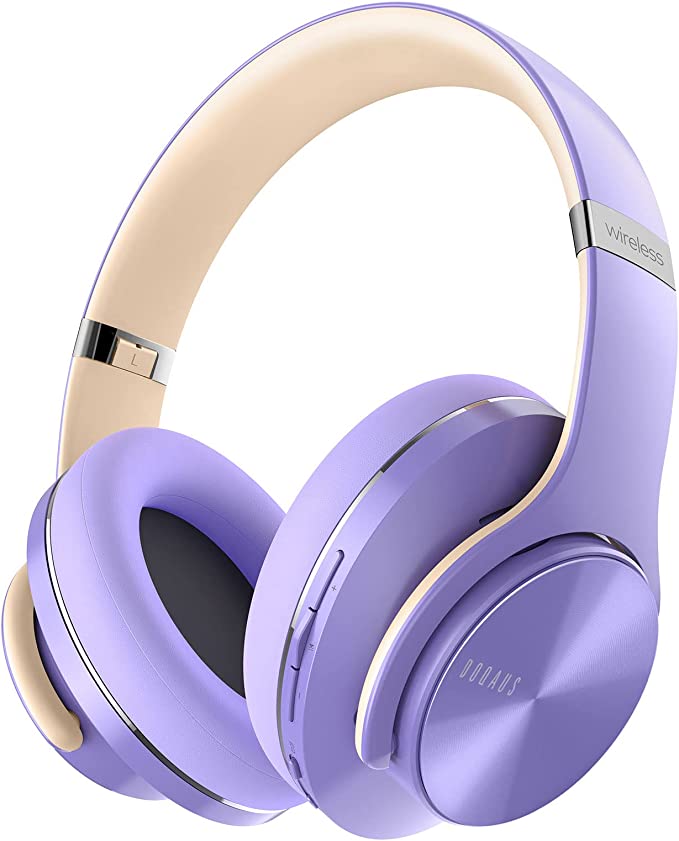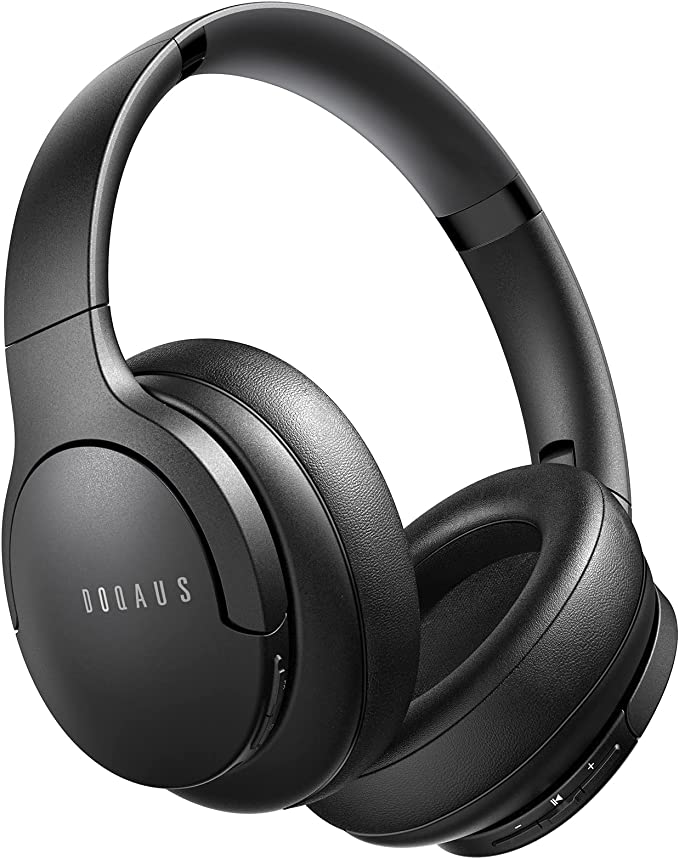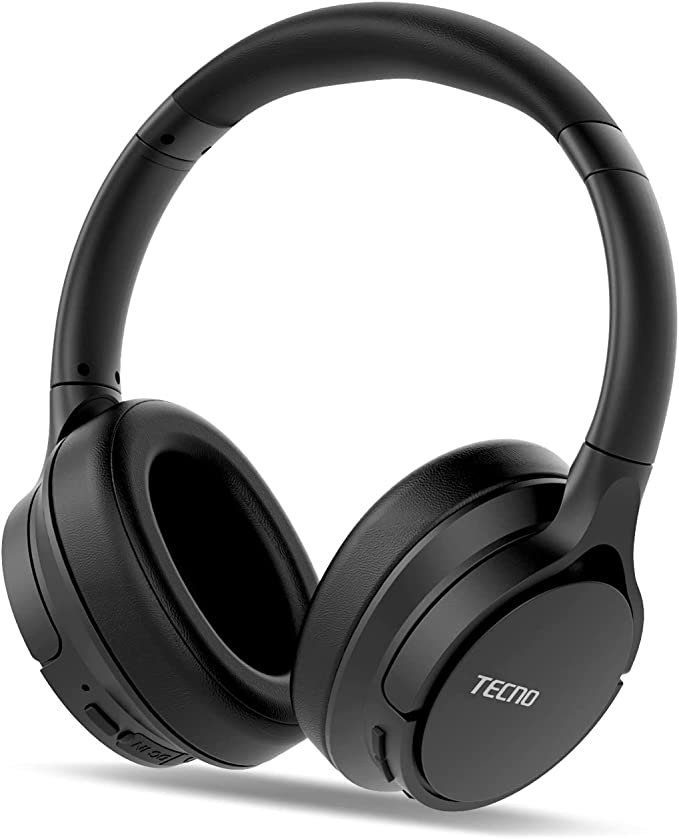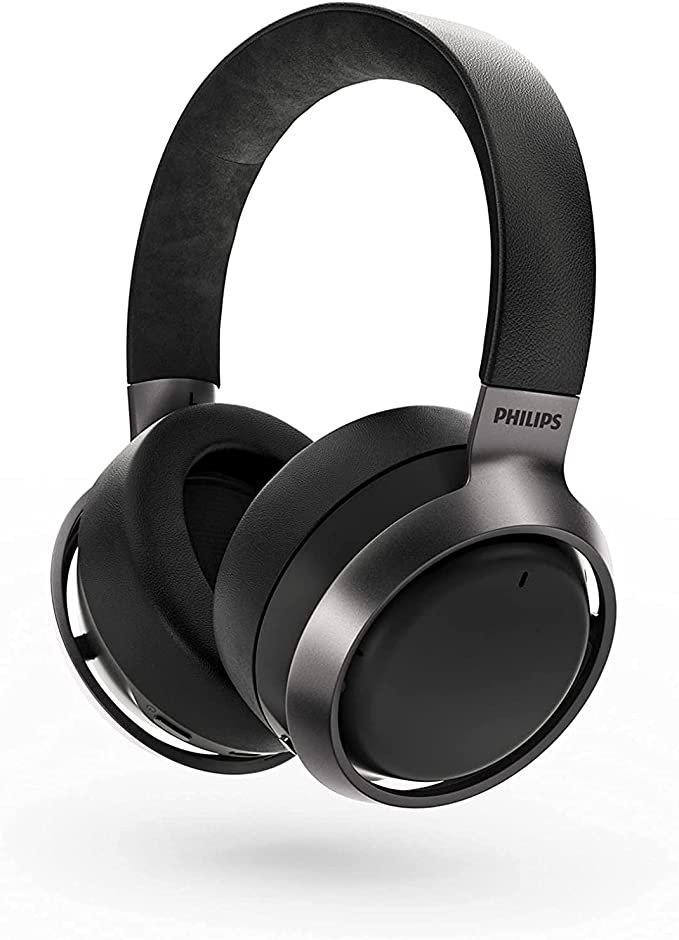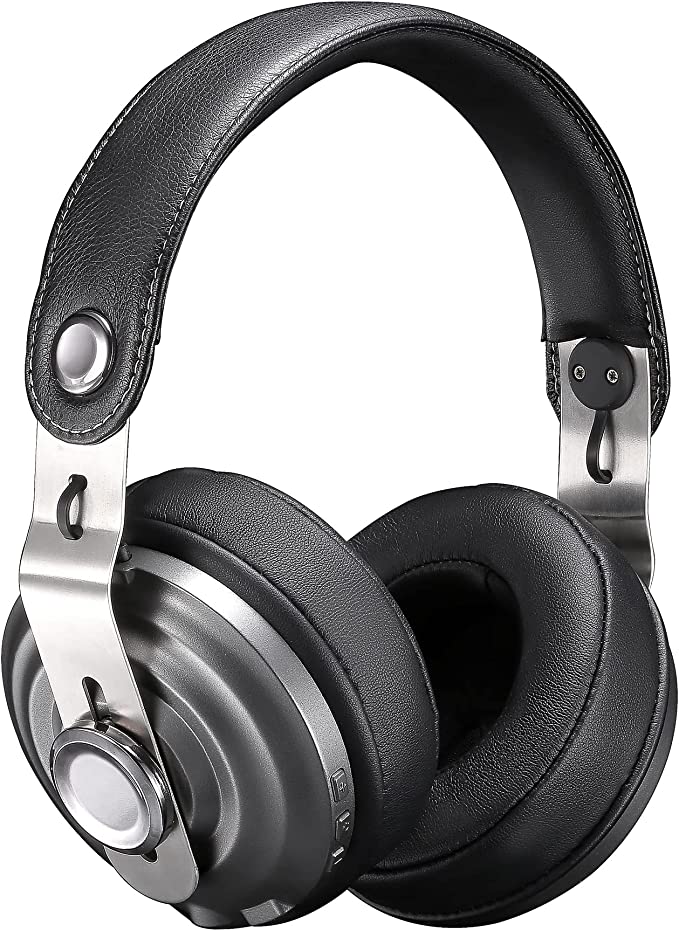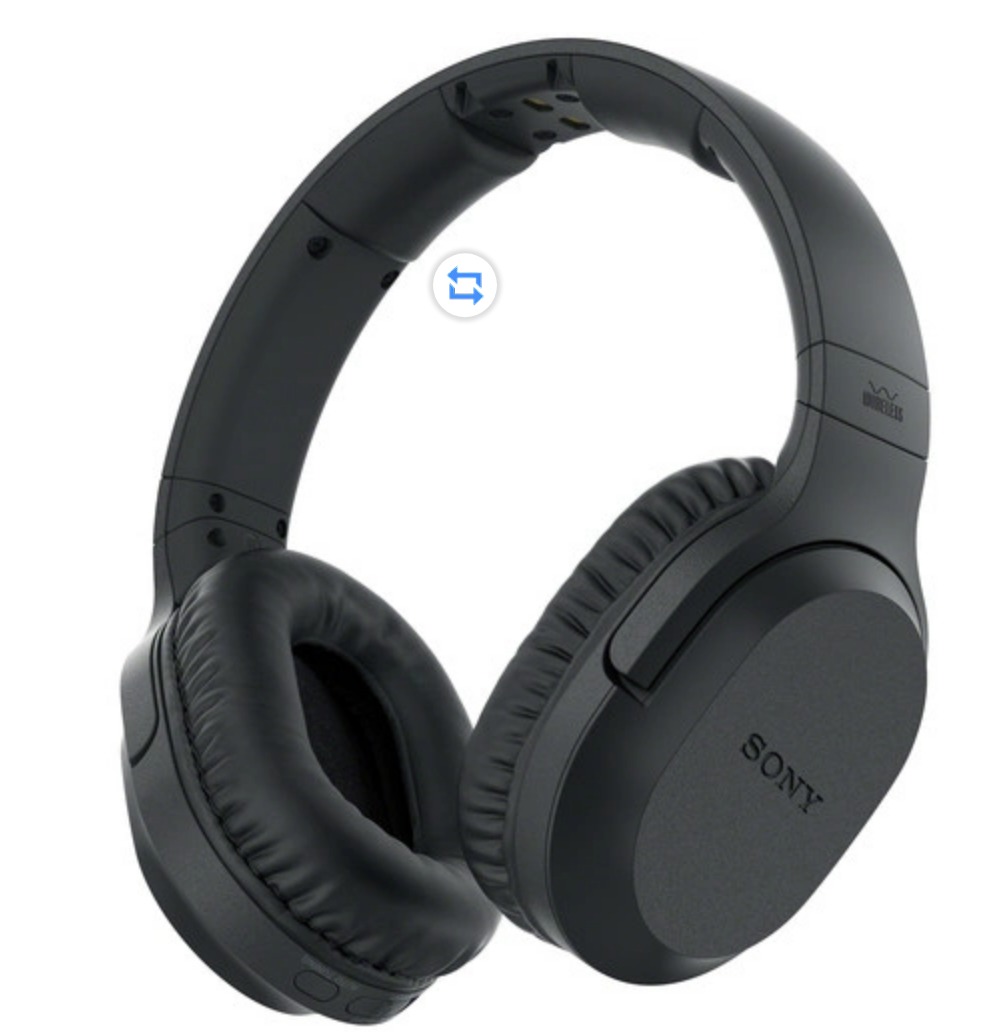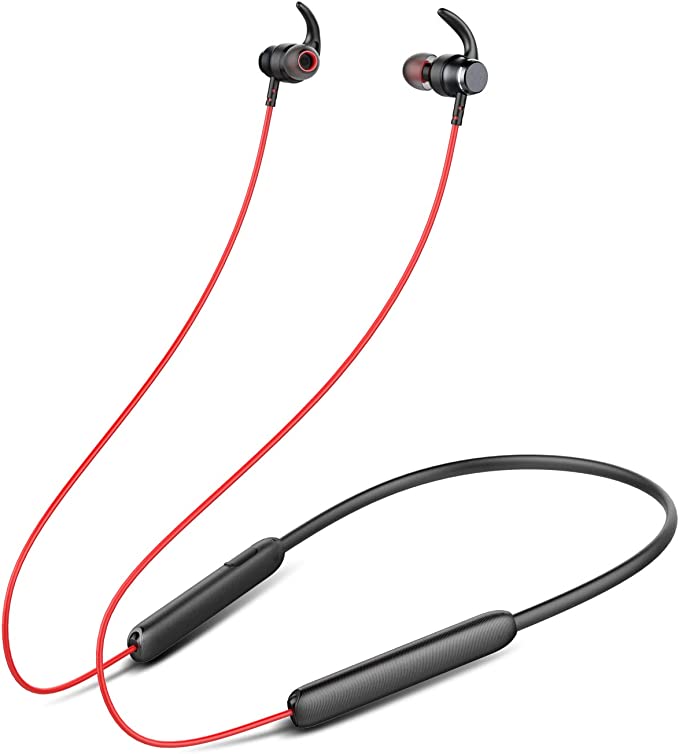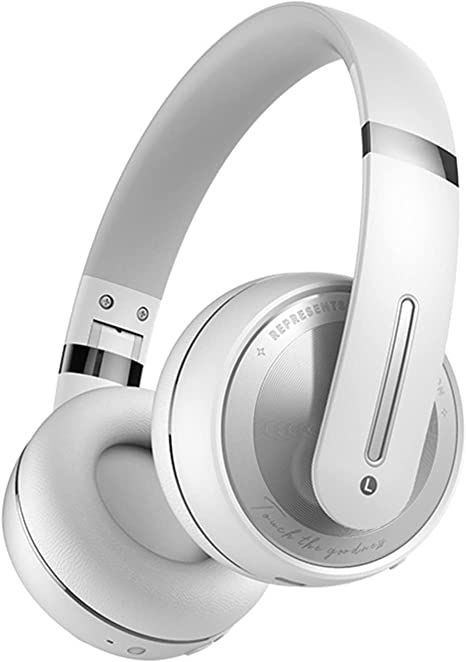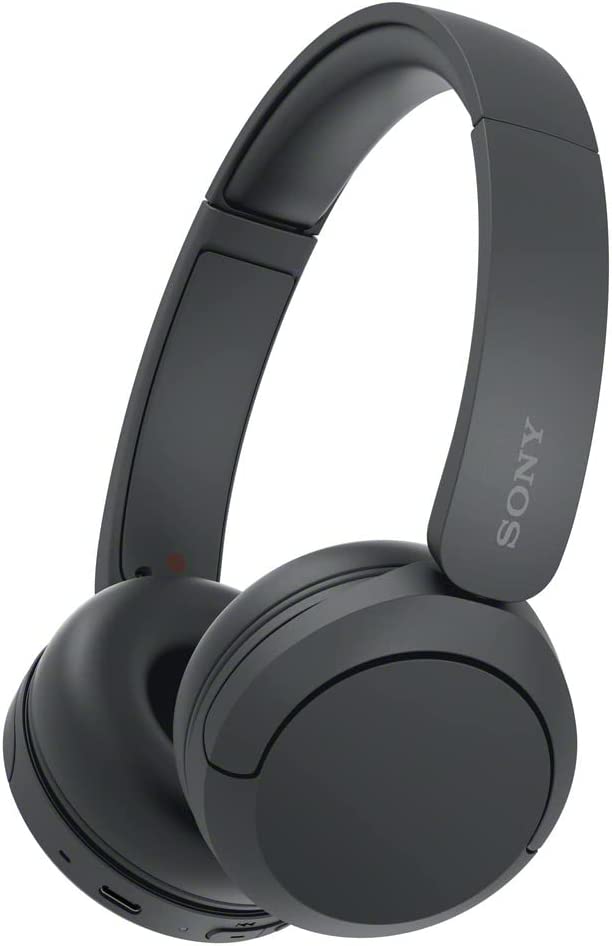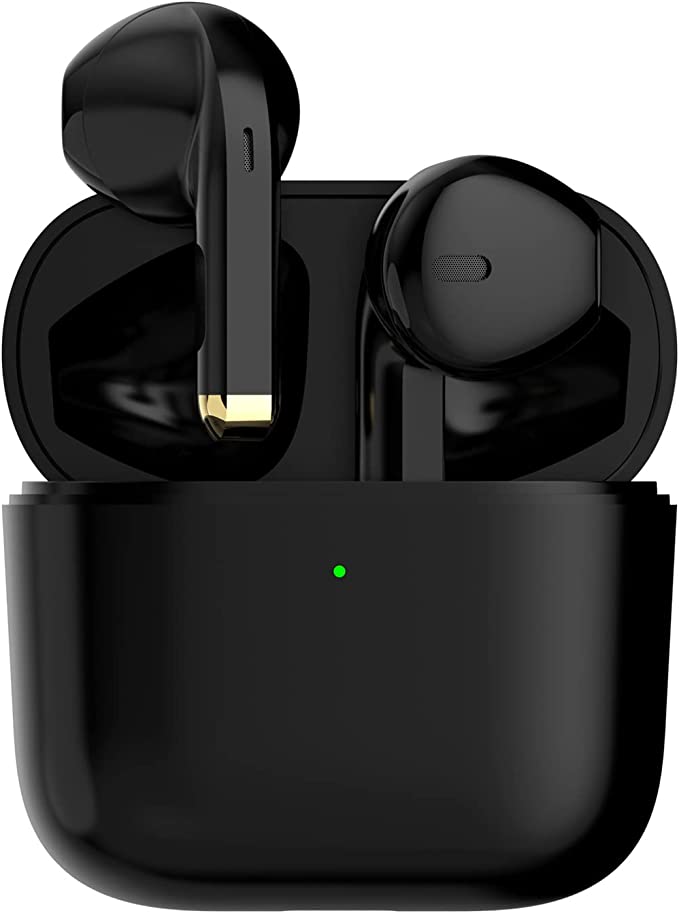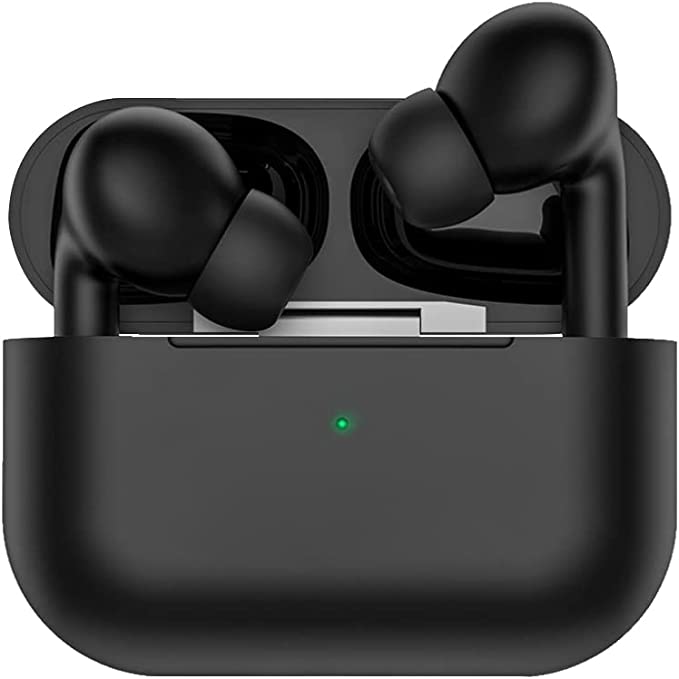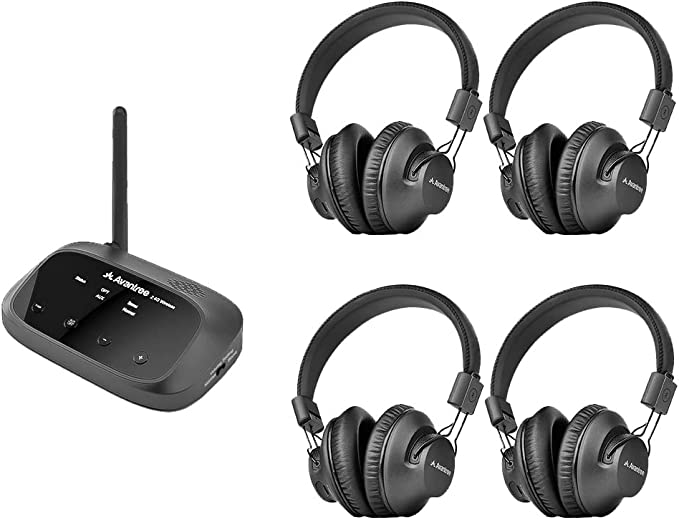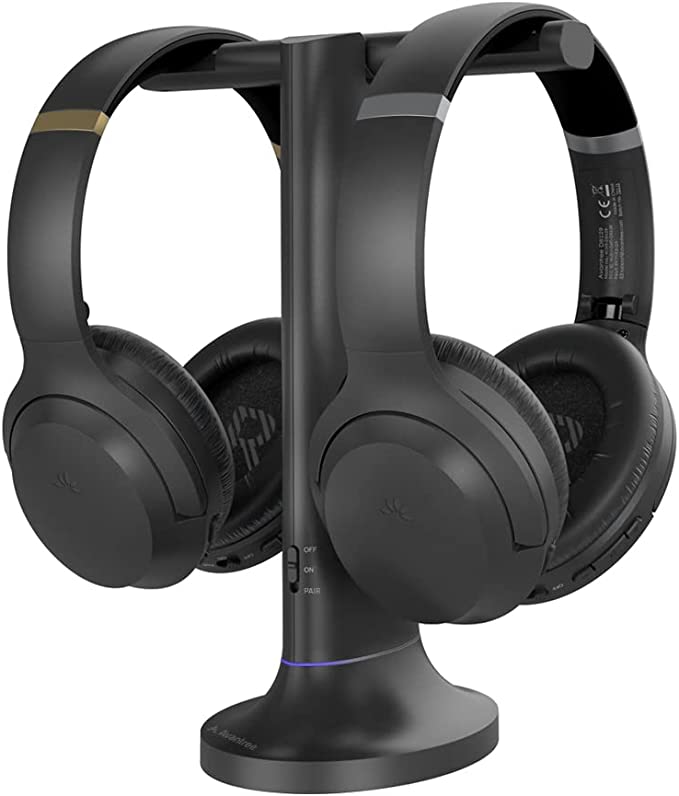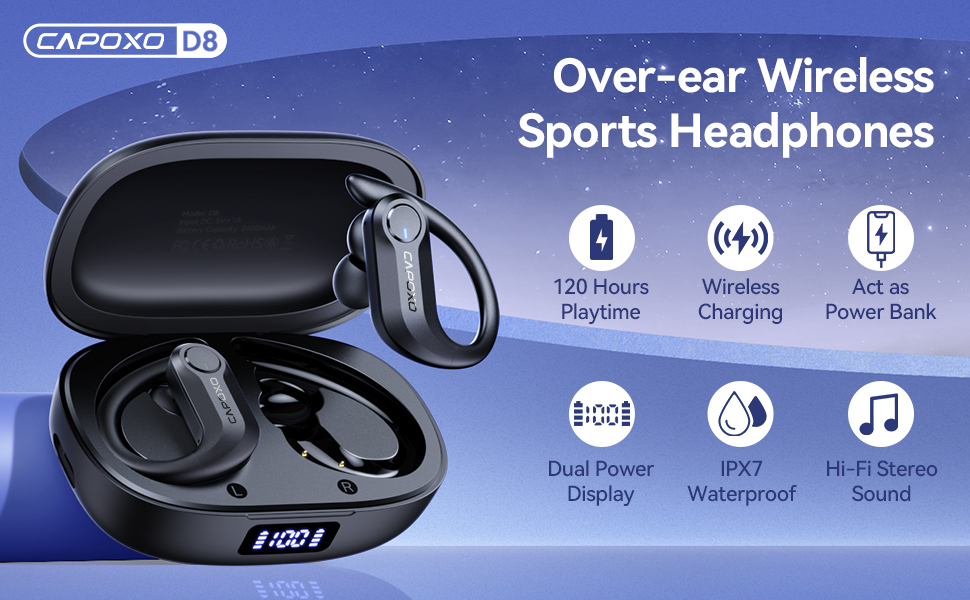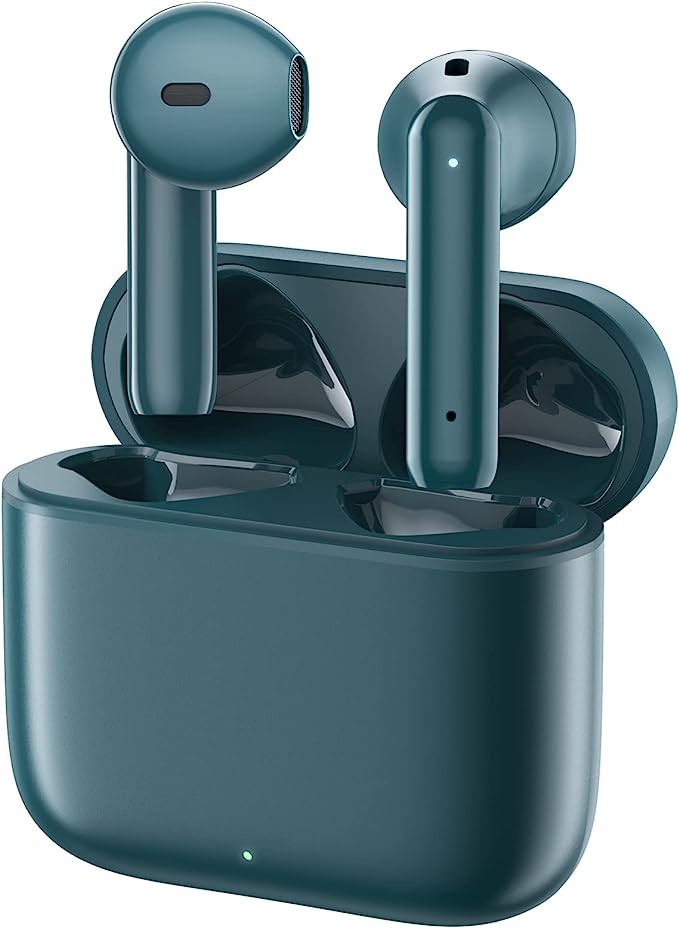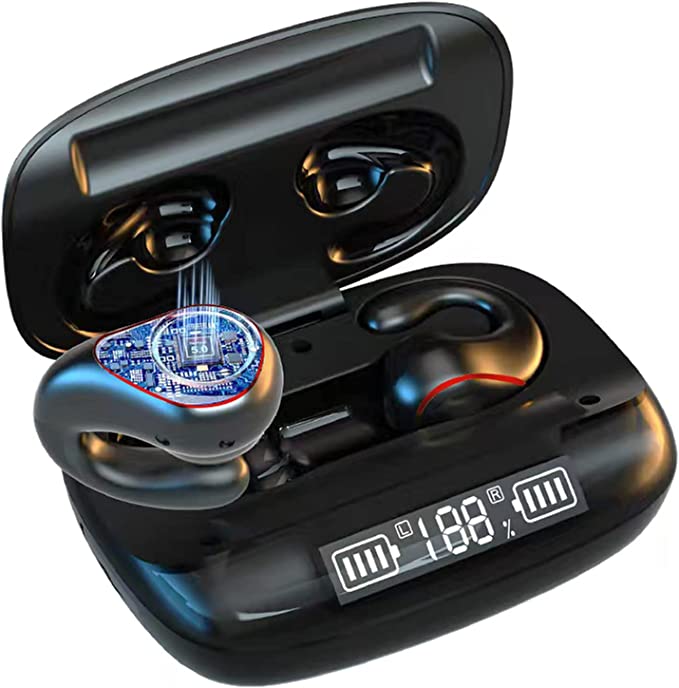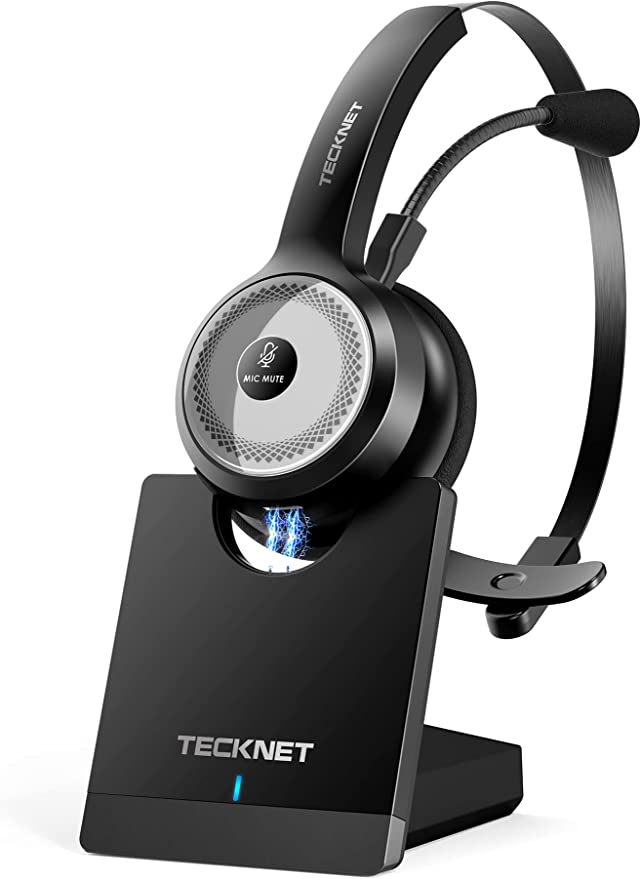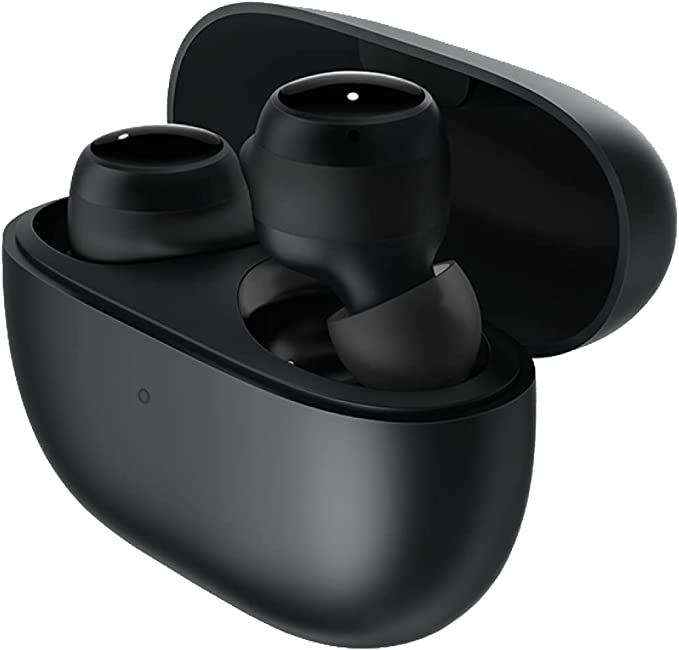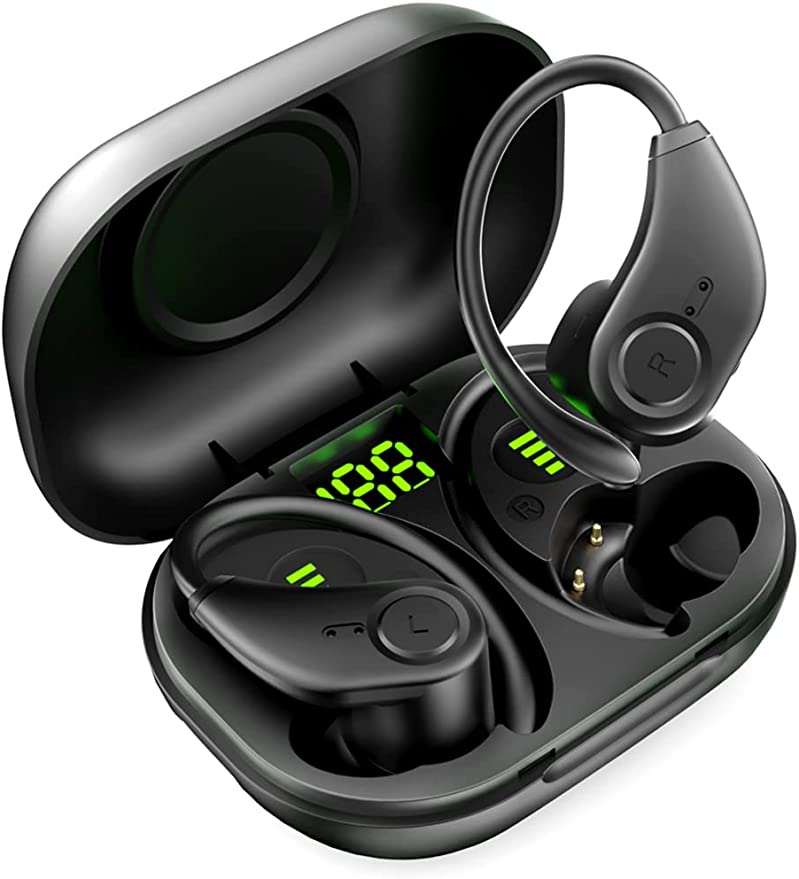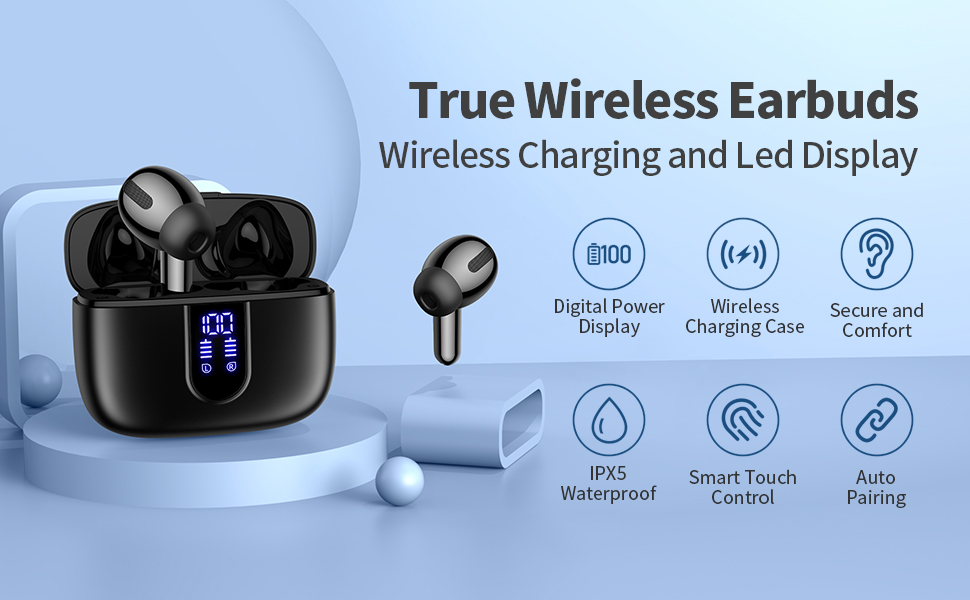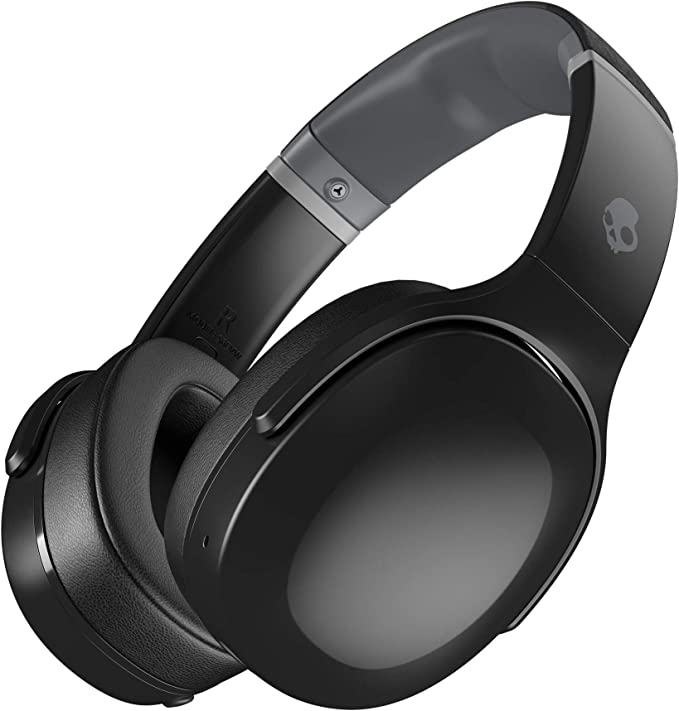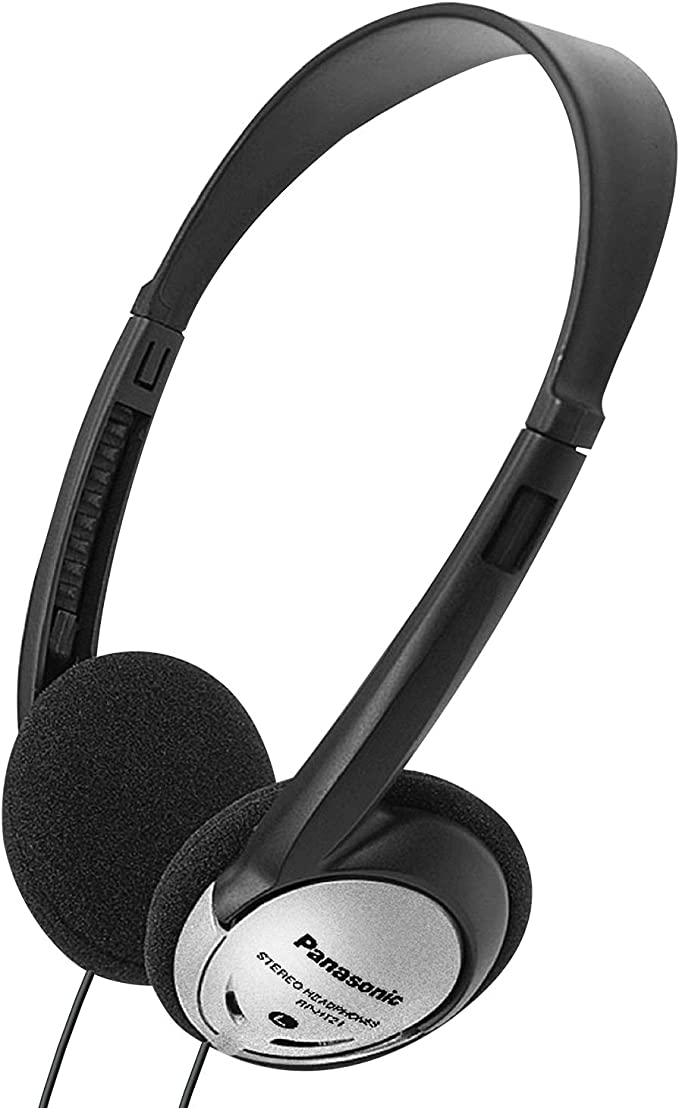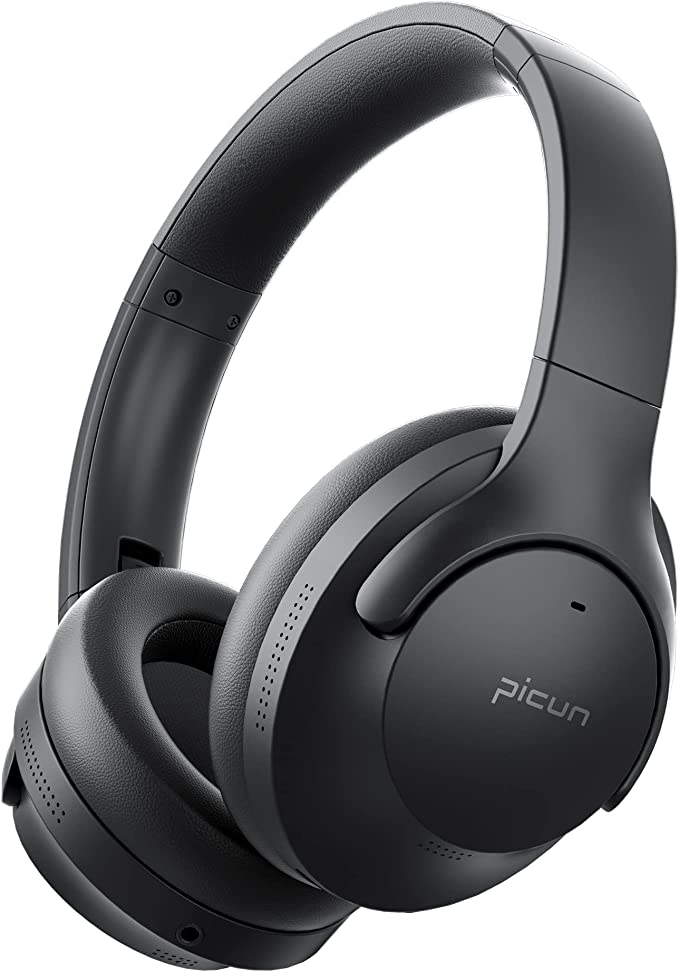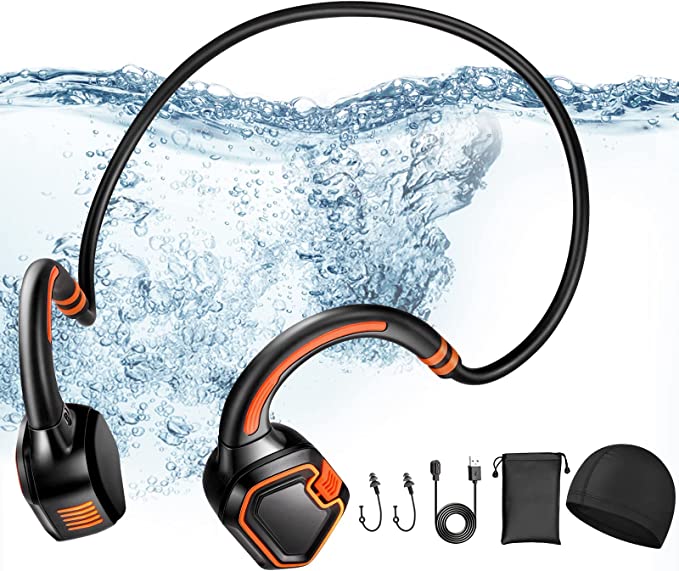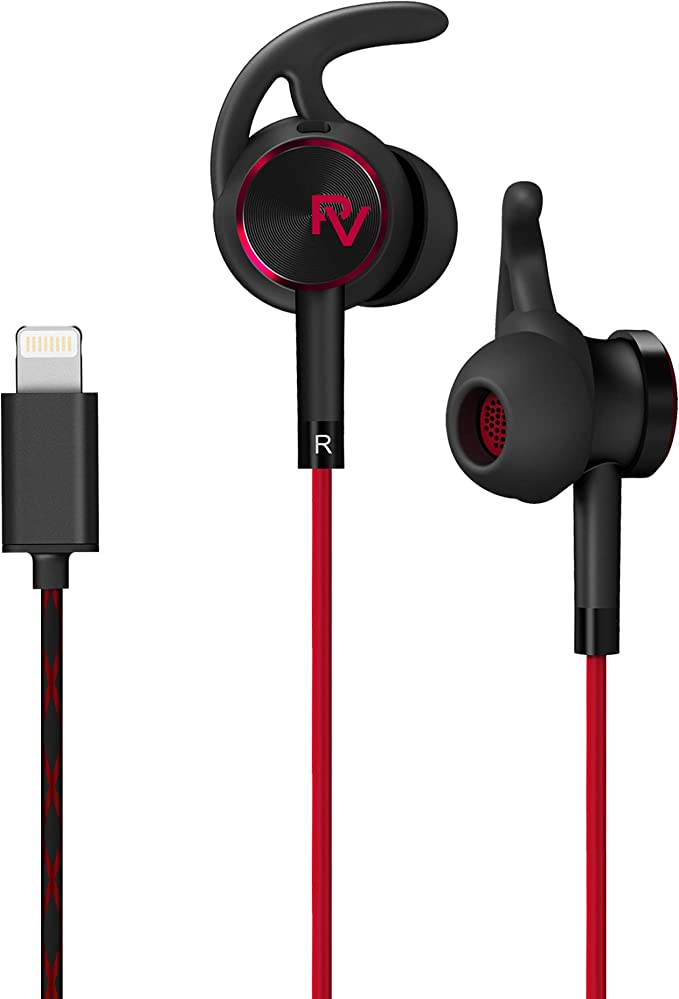Tuitager 9S Wireless Headphones: Unleash 60 Hours of Hi-Fi Sound with 6 EQ Modes
Update on Sept. 23, 2025, 4:02 p.m.
We take personal audio for granted. But inside every modern headphone is a story of solved impossibilities—a tale of energy, acoustics, and computation that has finally become accessible to all.
<br>
![A close-up, artistic shot of a person wearing modern wireless headphones, with the background blurred out.]
Image Caption: We effortlessly create personal soundscapes, but the technology enabling this feat is a culmination of a century of scientific struggle and innovation.
<br>
It’s a ritual as common as brewing coffee. You slip a pair of headphones over your ears, press a button, and the chaotic symphony of the outside world—the traffic, the chatter, the hum of the office—fades into a supporting role. In its place, you summon a world of your own choosing: a podcast, a focused productivity playlist, or the cinematic score of your life’s movie. You have just curated your own reality.
The devices that grant us this casual superpower are often astonishingly unassuming. They can be lightweight, comfortable, and, most perplexingly, cheap. This presents a paradox: how can something so complex, so capable of manipulating the very fabric of our sensory experience, cost less than a tank of gas?
To find the answer, we need to perform a kind of technological archaeology. We’re going to deconstruct a simple, modern pair of over-ear wireless headphones—something like the Tuitager 9S, a device you can buy for about $30. This isn’t a review or a recommendation. Instead, this ordinary object will be our lens, a physical artifact through which we can view the ghosts of solved scientific challenges. Inside its plastic shell lie the triumphant conclusions to decades-long battles against the fundamental limitations of energy, physics, and perception.

The Tyranny of the Wire & The Quest for Boundless Energy
For most of audio history, sound was a prisoner. It was bound by copper threads, tethered to a power source. The revolution of portable audio, famously kicked off by the Sony Walkman, was a partial liberation. It cut the cord to the wall, but replaced it with a new anxiety: the slow, agonizing death of AA batteries. The freedom to listen anywhere was metered out in single-digit hours. For decades, the dream of truly wireless, long-lasting audio seemed like a fantasy. The problem was twofold: you needed a bigger energy tank, and a far more efficient engine.
The first breakthrough came from the world of materials science. The heavy, inefficient nickel-cadmium batteries of old gave way to Lithium-Polymer (Li-Po) cells. These weren’t just batteries; they were packets of pure potential. With incredibly high energy density, they could store vast amounts of power in a light, small, and flexible form. Suddenly, a powerful “tank” could be designed to fit snugly inside an earcup.

But a big tank is useless with a gas-guzzling engine. The real revolution was quieter, happening in the invisible realm of radio waves. In the late 1990s, a protocol named after a 10th-century Viking king, Harald Bluetooth, began its slow march to ubiquity. Early versions were clumsy and power-hungry. The game-changer was the introduction of Bluetooth Low Energy (BLE). Instead of maintaining a constant, power-draining connection, BLE taught devices to be smart. They communicate in short, sharp bursts and spend the vast majority of their time in a deep, energy-sipping sleep. It’s the difference between leaving a light on all day and installing a motion sensor.
Today, these two innovations work in perfect concert. A tiny 500mAh Li-Po battery, managed by the frugal intelligence of a Bluetooth 5.0 chipset, can power a pair of headphones for upwards of 60 hours. This isn’t an incremental improvement; it’s a phase shift. A spec that would have been laughable science fiction just fifteen years ago is now a standard feature on a device that costs less than a video game. The tyranny of the wire wasn’t just cut; it was rendered obsolete by a quiet revolution in chemistry and code.

The Alchemist’s Dream: Crafting Sound from Electricity
Before you can power sound, you must first create it. In 1910, an engineer named Nathaniel Baldwin sat in his kitchen, tinkering with tin, mica, and a mile of copper wire. He fashioned a device that could turn electrical signals into audible vibrations and sold his invention, the first pair of modern headphones, to the U.S. Navy. What’s remarkable is that the fundamental physics at the heart of Baldwin’s kitchen-table creation is the same principle that powers our headphones today: the dynamic driver.
A dynamic driver is a marvel of electromagnetic elegance. It’s a tiny engine composed of three key parts: a permanent magnet, a voice coil (a coil of ultra-thin wire), and a diaphragm (a lightweight cone). When your music’s electrical signal flows through the coil, it becomes a tiny electromagnet that is rapidly pushed and pulled by the permanent magnet. Because the coil is attached to the diaphragm, it vibrates like a microscopic drum skin, creating pressure waves in the air. These waves are sound.

For a century, the core principle hasn’t changed. The revolution has been in the refinement. Early diaphragms were crude; today’s are crafted from advanced, feather-light polymers that can vibrate with incredible precision. Manufacturing, once done by hand, is now automated to microscopic tolerances. This allows for the mass production of large, effective drivers—like the 40mm units found in many modern headsets.
In acoustics, size is a distinct advantage. A larger diaphragm can move more air, making it physically better at reproducing low-frequency bass notes without distortion. It creates a more spacious, immersive “soundstage.” The miracle isn’t just that we can still use a century-old principle to make sound; it’s that advancements in materials science and manufacturing have perfected it and made it so inexpensive that powerful, rich-sounding drivers are no longer the exclusive domain of the audiophile studio. Baldwin’s ghost haunts every headphone, now perfected and available to all.

Hacking Perception: The Dawn of Personalized Reality
For most of its life, recorded audio was a dictatorship. You listened to a track exactly as a sound engineer in a distant studio decided you should. The experience was fixed, a one-size-fits-all sonic sculpture. The power to reshape that sculpture—to turn up the bass, to clarify the vocals—was locked away in expensive, complex mixing boards.
The key that unlocked that room was the Digital Signal Processor (DSP). A DSP is, in essence, a specialized computer-on-a-chip, hyper-optimized for a single task: manipulating streams of digital data in real-time. With the dawn of digital audio, music was no longer just a wave; it was information. And information can be changed.

This is where Equalization (EQ) comes in. An EQ is simply an algorithm, a set of instructions running on the DSP, that can identify and adjust the volume of specific frequencies in the audio signal. This process is guided by the fascinating field of psychoacoustics, the study of how we psychologically perceive sound. We know, for instance, that the human ear is most sensitive to the mid-range frequencies where speech lies.
So, when a modern pair of headphones offers multiple EQ modes—like “Bass,” “Voice,” or “Rock”—it’s not just a simple filter. You are selecting a psychoacoustically-designed algorithm on the onboard DSP. “Voice” mode intelligently boosts those crucial mid-range frequencies to make a podcast host’s speech clearer. “Bass” mode elevates the low-end frequencies to give a track more physical impact.
This is a profound shift in power. The DSP, a product of Moore’s Law and decades of semiconductor research, gives every listener the tools of a sound engineer. The ability to sculpt sound to your personal taste or hearing profile is no longer a professional privilege. It’s a feature, a simple button press that customizes the physics of sound to the biology of your own ears.

The Symphony for All
When you hold a simple pair of modern wireless headphones, you’re not just holding plastic and electronics. You are holding the physical manifestation of Moore’s Law. You’re holding the end result of a global supply chain that can produce complex microchips for pennies. You are holding a century of relentless progress against the fundamental constraints of the physical world.

The true marvel, then, is not the technology itself, but its profound democratization. The power to untether ourselves from the wall, to listen for days on end, and to shape the very texture of the sound we hear was once a trifecta of impossibilities. Today, it’s an affordable reality. The invisible symphony, once composed in labs and studios, is finally playing for everyone.
